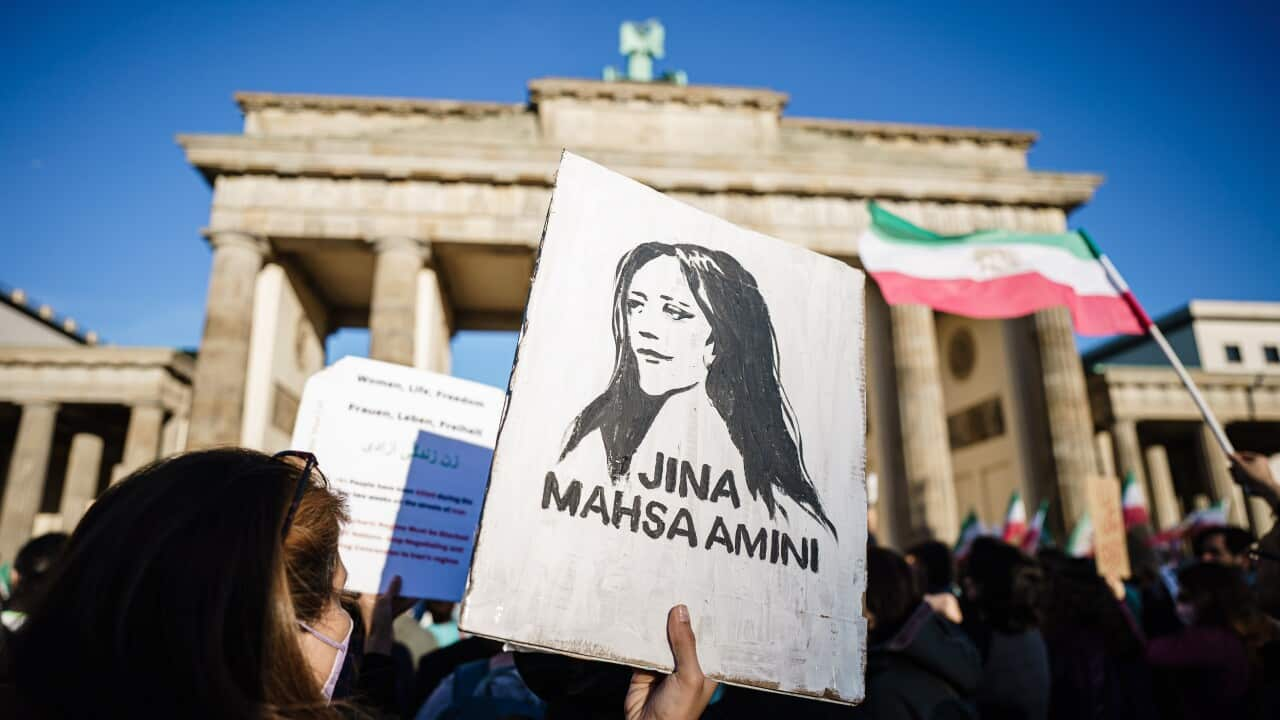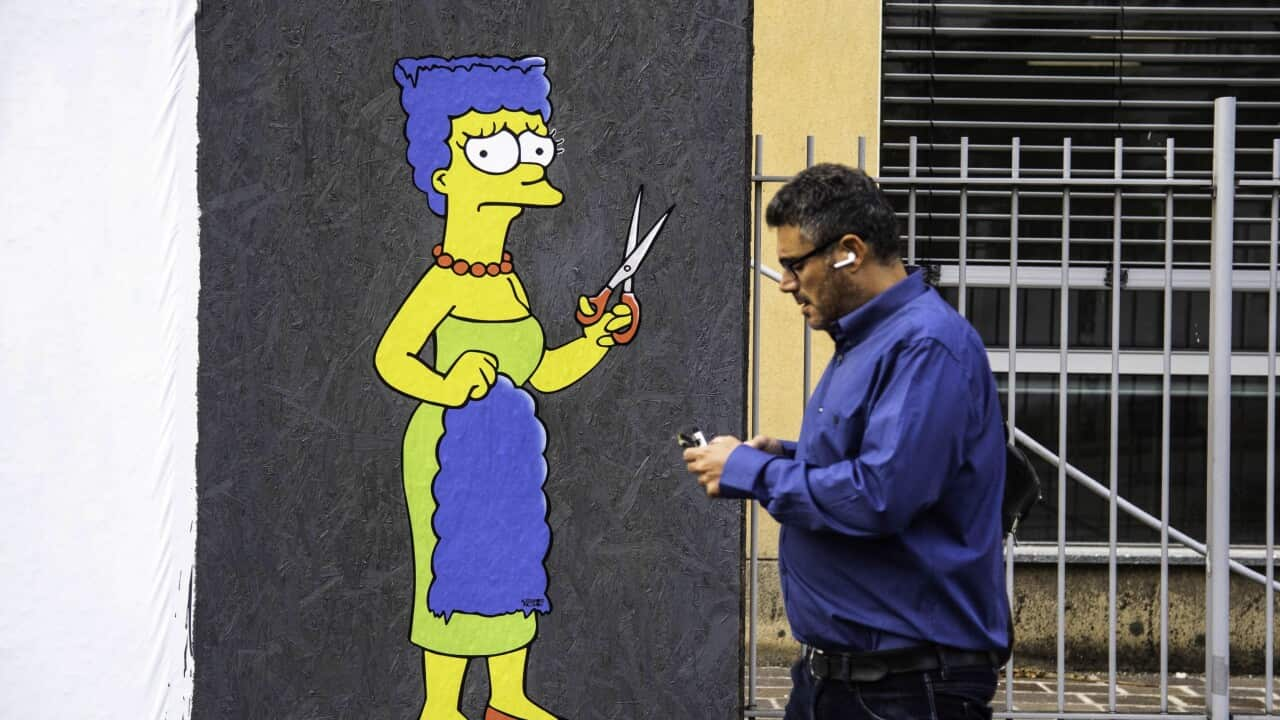Iran said on Friday an investigation into the death in custody of Mahsa Amini found she lost her life to illness rather than reported beatings that sparked three weeks of bloody protests.
Ms Amini, 22, died on 16 September, three days after falling into a coma following her arrest in Tehran by the morality police for allegedly breaching the Islamic republic's strict dress code for women.
Anger over her death has triggered the biggest wave of protests to rock Iran in almost three years and a crackdown that has killed dozens of protesters and seen scores arrested.
Despite security personnel using lethal force, the women-led protests have continued for 21 consecutive nights, according to online videos verified by AFP.
Iran's Forensic Organization said on Friday that "Mahsa Amini's death was not caused by blows to the head and vital organs and limbs of the body".
The death of Ms Amini, whose Kurdish first name is Jhina, was related to "surgery for a brain tumour at the age of eight", it said in a statement.
Ms Amini's bereaved parents have filed a complaint against the officers involved, and one of her cousins living in Iraq has told AFP she died of "a violent blow to the head".
Other young women and girls have lost their lives at the protests, but rights group Amnesty International says Iran has been forcing televised confessions out of their families to "absolve themselves of responsibility for their deaths".
Claims of 'suicide' and forced confessions
The mother of 16-year-old Nika Shakarami, who died after going missing on 20 September, insisted on Thursday she was killed by the state after joining an anti-hijab protest in Tehran.
Nasrin Shakarami also accused the authorities of threatening her to make a forced confession over her daughter's death.
"I saw my daughter's body myself... The back of her head showed she had suffered a very severe blow as her skull had caved in. That's how she was killed," she said in a video posted online by Radio Farda, a US-funded Persian station based in Prague.
Iran's judiciary has since denied reports the security forces killed another teenage girl, Sarina Esmailzadeh, at a rally in Karaj, west of Tehran, last month.
Its website quoted a prosecutor as saying an investigation showed Ms Esmailzadeh, also 16, had "committed suicide" by jumping from a building.
Oslo-based group Iran Human Rights said Ms Esmailzadeh's family had come under heavy pressure from government agents to "force them to repeat the suicide state narrative".
It said that when the family was asked to identify the teenager's body, "multiple injuries were clearly visible on her face, and the right side of her forehead was completely crushed due to the severity of the blows".
In a widening crackdown, Iran has blocked access to social media, including Instagram and WhatsApp, and launched a campaign of mass arrests.
Protesters have sought ways to avoid detection, with schoolgirls hiding or blurring their faces while shouting "Death to the dictator" and defacing images of Iran's supreme leader Ayatollah Ali Khamenei, in verified videos.
Other footage has shown people chanting the protest catchcry "Woman, Life, Freedom!" from their apartment windows under the cover of night.
Another form of protest emerged on Friday morning, with fountains in Tehran appearing to pour blood after an artist turned their waters red to reflect the deadly crackdown.
The BBC's Persian service said the water was later drained, although traces of red could still be seen on the fountains in images it published on Instagram.
Rights groups say 'toll far higher'
The street violence that ensued across Iran, dubbed "riots" by the authorities, has led to dozens of deaths — mostly of protesters but also of members of the security forces.
Iran Human Rights says at least 92 protesters have been killed so far.
A joint letter signed by 21 mainly Iranian human rights groups called on US President Joe Biden to go further to hold Iranian officials to account.
"More urgently needs to be done by the world's leading democratic power to support the people of Iran, discourage further state violence, and address the long history of atrocities and impunity in that country," the rights groups said.
Despite the government's crackdown, the demonstrations have continued in towns and cities nationwide.
"Death to the dictator," a group of young women can be heard chanting in the northern city of Rasht in a video posted online Thursday and verified by AFP.
Amnesty has verified the deaths of 52 people killed by the security forces but says it believes the "real death toll is far higher".
US, allies to coordinate response to 'bloody crackdown'
The US State Department said on Friday that it would continue to coordinate with its allies and partners on how to respond to Iran's "bloody crackdown" on protesters and its "state-sponsored violence" against women.
"We are going to continue to coordinate with our allies and partners and respond to Iran's violent crackdown as well as, frankly, its state-sponsored violence against women," State Department spokesman Vedant Patel told reporters.
"The Iranian government has now killed more than 100 people in its bloody crackdown," he added, citing credible human rights groups.














